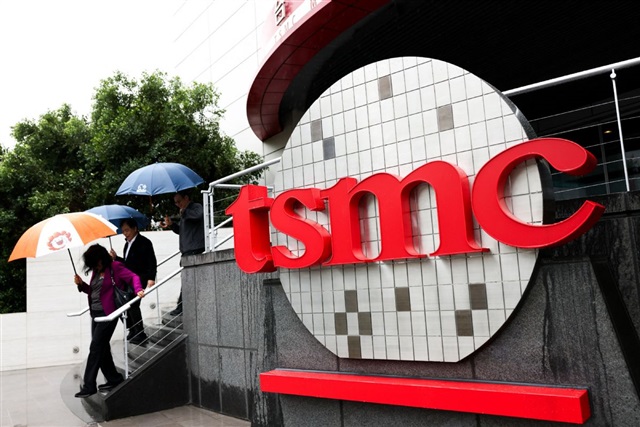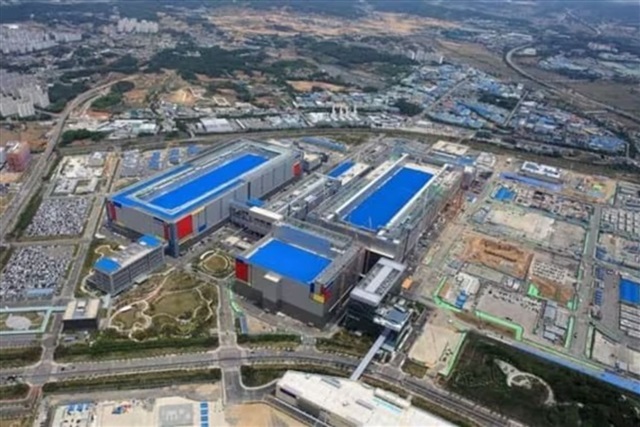
Capital expenditures by the world's top ten semiconductor manufacturers are projected to reach US$135 billion in 2025, marking a 7% increase from the previous year. This rebound signals the first return to growth in chip equipment investments since 2022, according to a Nikkei report.
Among the ten, TSMC, Micron Technology, SK Hynix, Semiconductor Manufacturing International Corporation (SMIC), GlobalFoundries (GF), and Kioxia, with its joint venture partner SanDisk, are expected to post year-over-year gains in equipment spending. Samsung Electronics is maintaining flat investment levels, while Intel, STMicroelectronics, and Infineon Technologies are reducing their capital outlays.
A clear division is emerging in investment approaches, reflecting a notable shift in priorities. Companies connected to generative artificial intelligence products and workloads are markedly increasing their expenditures, whereas those with limited involvement in this area are reducing their spending.
AI boom fuels investment race among chipmakers
TSMC plans to initiate or expand operations at nine fabs worldwide in 2025, with capital expenditures projected to climb nearly 30% to between US$38 billion and US$42 billion. The aggressive buildout reflects surging demand for AI-related chips.
Micron Technology is forecasting a 70% jump in capital spending for its fiscal year ending August 2025, bringing total investment to roughly US$14 billion. The increase is aimed primarily at boosting capacity for high-bandwidth memory, a critical component in AI accelerators.
SK Hynix, the market leader in HBM, is similarly expanding its South Korean production footprint.
GF, meanwhile, announced in June 2024 that it would raise its mid- to long-term investment in the US by US$3 billion, bringing the total to US$16 billion.
SMIC plans to spend a record US$7.5 billion in 2025. According to SEMI data, China is expected to invest more than US$100 billion in semiconductor manufacturing equipment over the next three years.
Diverging paths in the US and Europe
Samsung is maintaining its equipment investment at approximately US$35 billion, despite weak memory demand impacting its domestic expenditures. Meanwhile, the company is advancing its efforts in cutting-edge chip manufacturing at its newly established facility in Texas.
Intel, grappling with six consecutive quarters of losses, is cutting capital expenditures by 30% in 2025 to around US$18 billion. In a strategic pivot to close its AI gap, the company is redirecting resources toward research and development.
STMicroelectronics is scaling back spending through December 2025 due to weaker-than-expected demand for power semiconductors used in electric vehicles. Infineon plans to cut equipment investment in its current fiscal year ending in September 2025.
TEL lowers guidance as customers reassess
With signs of overcapacity emerging in certain semiconductor segments, several chipmakers are dialing back equipment orders. Tokyo Electron, Japan's leading semiconductor equipment supplier, warned in late July 2024 that many clients are reassessing their investment plans. The company subsequently revised down its equipment sales forecast for the second half of fiscal 2025, covering the period from October 2025 through March 2026.
Stay up to date with the latest in industry offers by subscribing us. Our newsletter is your key to receiving expert tips.

Samsung Electronics is transforming its Pyeongtaek Campus Line 4 (P4) in South Korea into a manufacturing base focusing on HBM4 production. Analysts indicate that Samsung is increasing the proportion

Samsung scores another major foundry victory, expanding its roster of high-profile clients on advanced nodes. After Tesla selected the company in July to produce its AI6 processor under a $16.5 billio

Texas Instruments, a leading analog IC maker, has released its Q3 2025 results, with its cautious Q4 outlook sparking concerns over the broader semiconductor market. According to Reuters, the company